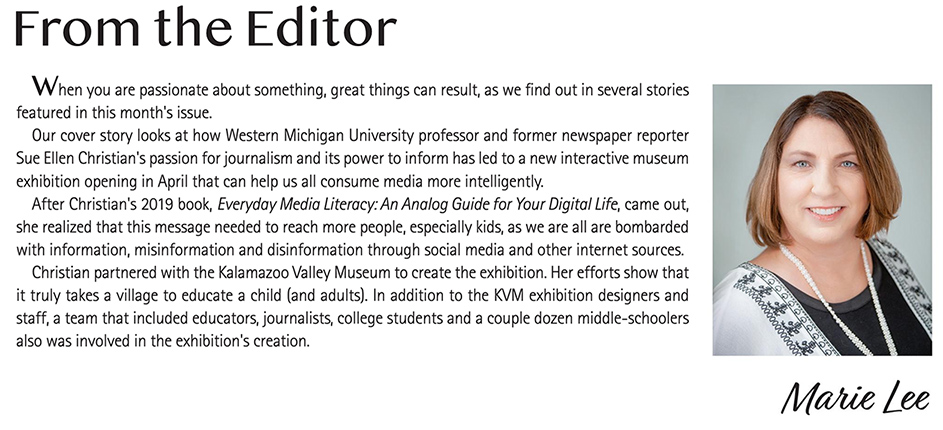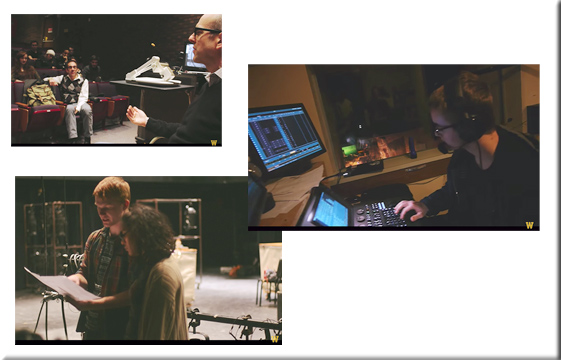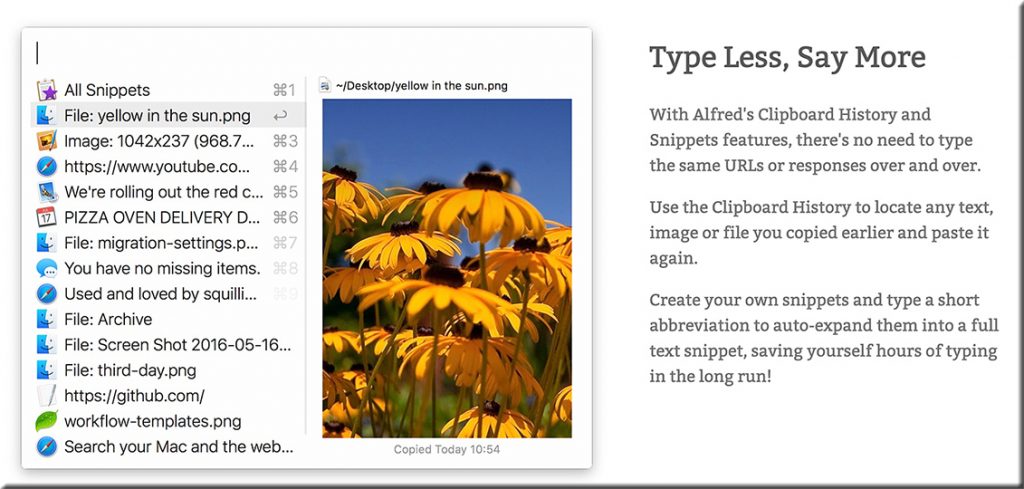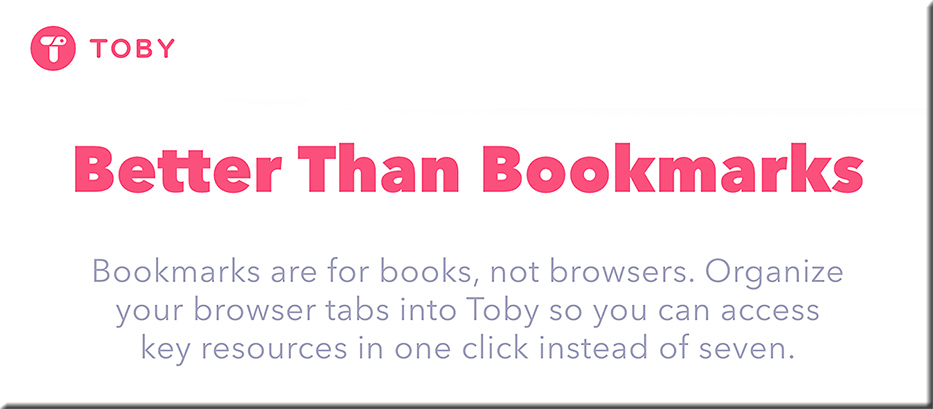Taking Aim at Disinformation — from encorekalamazoo.com with the work of one of our sisters, Sue Ellen Christian, highlighted in it
Southwest Michigan’s Magazine: WMU Professor Sue Ellen Christian and the Kalamazoo Valley Museum team up to teach media literacy…
Howard University to digitize its archive of thousands of Black newspapers — from nbcnews.com by Curtis Bunn
A $2 million grant will be used to digitize Howard’s Black Press Archives, the largest collection of newspapers from the U.S., Africa and the African diaspora.
Excerpt:
Now, with the help of a $2 million grant announced Monday, Howard University’s Moorland-Spingarn Research Center will make available countless articles that captured in real-time the impact of historical events on Black people that have long been difficult, if not impossible, to access. By digitizing its extensive Black Press Archives, anyone will be able to access Howard’s collection of more than 2,000 newspapers from the United States, Africa and the African diaspora online.
Inside Higher Ed Acquired by Times Higher Education — from insidehighered.com by Scott Jaschik and Doug Lederman
Our editors Scott Jaschik and Doug Lederman explain how this combination of publishing companies will improve global coverage of postsecondary education and better serve the higher ed community.
Excerpt:
As journalists, we often say that we want to report the news, not be the news. We are making an exception [on 1/10/22] to announce that Inside Higher Ed has been acquired by Times Higher Education (THE), the world’s leading provider of higher education news, data and insights.
The Associated Press is starting its own NFT marketplace for photojournalism — from theverge.com by Mitchell Clark
It’s offering collectors ‘exclusive, historic, and stunning visual content’
Excerpt:
The Associated Press, or AP, has announced that it’s starting a marketplace to sell NFTs of its photojournalists’ work in collaboration with a company called Xooa. It’s billing its foray into NFTs as a way for collectors to “purchase the news agency’s award-winning contemporary and historic photojournalism” and says that the virtual tokens will be released at “broad and inclusive price points” (though it’s hard to tell what types of prices resellers will want on the AP marketplace).
Also see:
Why Samsung built an NFT aggregator into its new TVs — from digitaltrends.com by Phil Nickinson
Excerpt:
Or, perhaps, it’s the idea of an “NFT aggregation platform” being built into the television. It sounds insane — baking something that most people don’t understand, let alone engage in — into a TV. Most of us can’t even describe what a non-fungible token is, let alone tell someone how to go get one. It’s a multi-layered process that’s far more difficult than taking a screenshot of something you saw on Instagram and then sticking it up on your TV.
But that’s also not the point.
…
“In 2022, Samsung is introducing the world’s first TV screen-based NFT explorer and marketplace aggregator,” reads the press release, “a groundbreaking platform that lets you browse, purchase, and display your favorite art — all in one place.”
Journalism program sees positive changes in move from traditional Journalistic Writing courses to Multimedia Communication Model — from jeadigitalmedia.org by Jason Block
Excerpt:
Change is hard.
Change after 15 years? Now that can be downright painful.
Yet that was the exact situation I was in when my district in suburban Chicago decided that we were doing away with our traditional Journalistic Writing courses and shifting to a Multimedia Communication model. This was a part of our larger mission to create a “career pathway” for prospective journalists in our building and district, and while I was excited about that possibility, it made me itchy to remove both the words “journalism” and “writing” from my course titles.
Without getting into the logistics of the shift — that should definitely not be the purpose of this post, unless my purpose is to put you all to sleep — I can tell you definitively and without hesitation that this has been a blessing in disguise, a journalistic silver lining that has not only invigorating me, but also my program as a whole.
The most notable change has been in my enrollment numbers. Whereas I used to struggle to fill one section of “J1,” I now for the first time in my 18 years at Prospect have two full sections of the Introduction to Multimedia Comm course. With all of us fighting the constant recruiting battle to keep our numbers up, having a broader base of students to appeal to has made that job infinitely easier.
Check out @mediagazer, which is like Techmeme, but for content industries/journalism: https://t.co/7nWaAKglCe
— Techmeme (@Techmeme) September 24, 2021
Striking Photojournalism Shots from the Andrei Stenin Contest — from fubiz.net
Excerpt:
The Andrei Stenin International Photo Contest is an annual contest for young photojournalists aged between 18 and 33 years old. It is Russia’s only platform for discovering new photojournalists and for allowing them to make a name for themselves on the world photojournalism stage.
ICYMI: Legaltech Journalists Pick the Top Stories of 2020 — from lawsitesblog.com by Bob Ambrogi with numerous panelists.
Also see:
20 For 2020: The Legal Tech Trends that Defined the Year — from legaltechmonitor.com by Bob Ambrogi
Excerpt:
As never before, we have been forced to rethink how legal services are delivered and how justice is administered.
Not only have we been forced to rethink, but we have been forced to act.
The silver lining of 2020 is that we have been forced to consider changes that were long overdue and then given the opportunity to implement those changes.
We will all be beneficiaries of these changes – but those who will benefit the most are those the legal system is meant to serve.
So in this year of tragedies and challenges, silver linings and opportunities, here are my candidates — in no particular order — for the year’s top 20 developments in legal technology and innovation.
AP Style Rules: Correct Uses for Race-Related Terms, Gender-Neutral Words, and Election Lingo — from mediablog.prnewswire.com
We know journalists are busy, and it can be difficult to keep up with recent AP Stylebook changes. So we’ve done the work for you, rounding up a few of the recent significant — and just plain interesting — updates to the AP Stylebook.
Excerpt:
It’s hard to believe it’s only been a few months since our last AP Style roundup. So much has happened since then.
Let’s recap some of the recent AP Style rule reminders. And with the presidential election quickly approaching, we’ll review some of the writing rules on that topic as well.



















